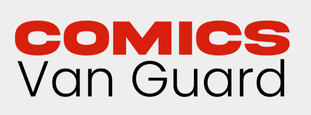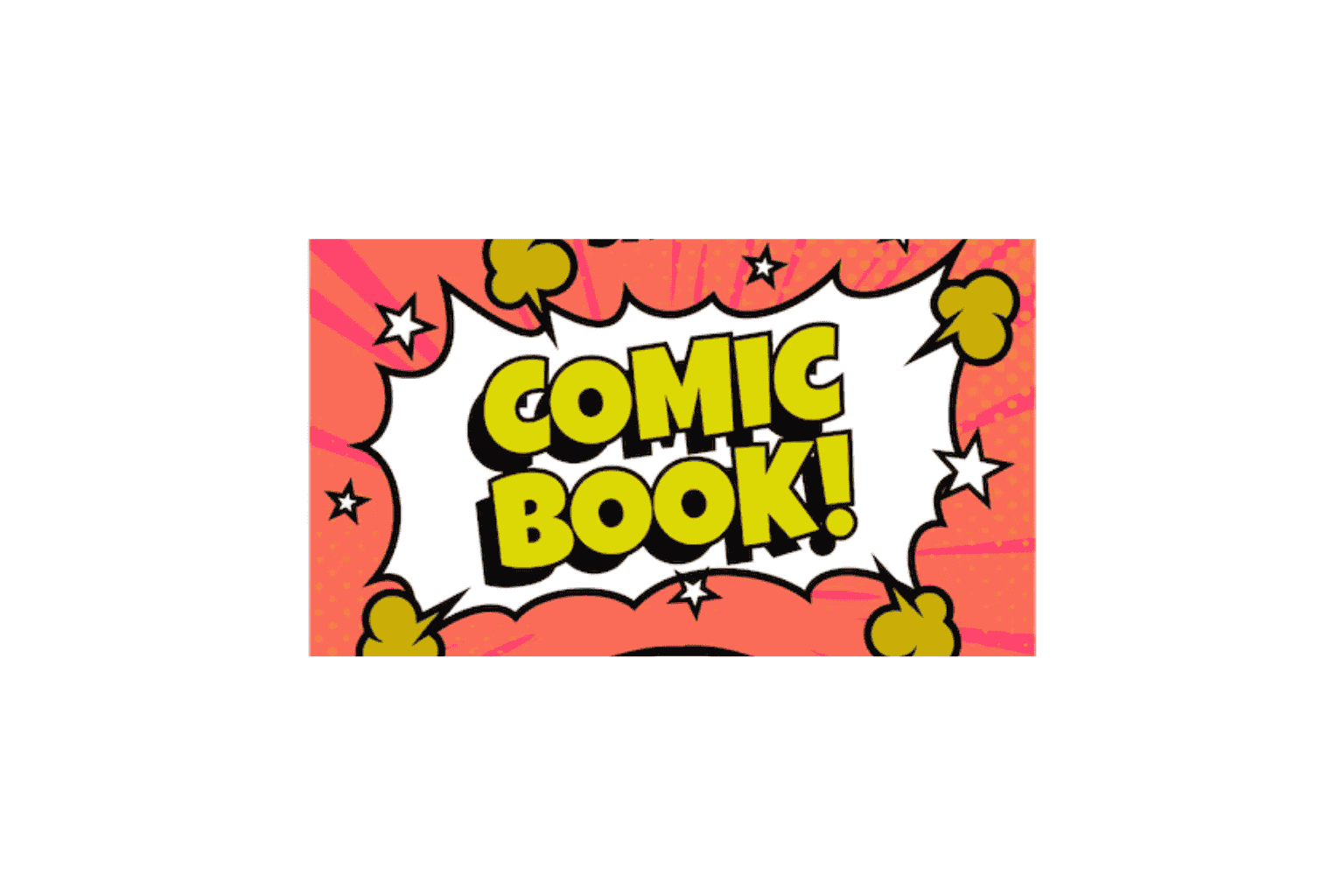The comic book movement is far more than a passing fandom or niche trend — it represents a powerful cultural transformation that has reshaped the way we tell, share, and experience stories. What began as light, inexpensive entertainment in the early 20th century has evolved into a respected art form that blends literature, visual design, and social commentary. From colorful superhero origins in the Golden Age to the emotionally complex, globally inclusive works of today, comics have carved out a permanent place in pop culture, education, and even political discourse.
Once dismissed as juvenile or unserious, comics now drive some of the world’s biggest entertainment franchises, inspire academic research, and provide platforms for underrepresented voices. Whether in the form of indie graphic novels, digital webcomics, or mainstream series, the comic book medium has become a tool for emotional storytelling, cultural critique, and community connection.
In this expert guide, we dive deep into the comic book movement, tracing its historic milestones, exploring its social impact, and showcasing how it continues to evolve with technology, diversity, and creative freedom. If you’ve ever loved a story told through pictures and panels, you’re already part of this unstoppable force in modern storytelling.
Comic Book Movement Quick Stats
| Period | Key Development | Cultural Impact |
| 1930s–1940s | Golden Age of Superheroes | Birth of modern comics |
| 1950s–1960s | Censorship & Comics Code Era | Industry regulation |
| 1970s | Rise of Underground Comix | Social & political commentary |
| 1980s–1990s | Graphic Novel Recognition | Literary respectability |
| 2000s–2010s | Manga & Webcomics Explosion | International influence |
| 2020s | Inclusivity & Creator Independence | Broader representation |
What Is the Comic Book Movement?
The comic book movement is a cultural shift that recognizes comics as a legitimate and powerful medium for storytelling, education, and creative expression. It goes beyond fandoms and superhero sagas — it’s a global phenomenon driven by artists, writers, and readers who see the unique potential of visual narratives to inspire, inform, and connect.
At its core, the comic book movement champions the evolution of comics from simple, serialized stories into meaningful works of art. It spans a broad spectrum of formats: from traditional superhero comics published by giants like Marvel and DC, to indie autobiographical zines that explore personal identity, to experimental graphic novels that push the boundaries of structure and form. It also embraces digital-first webcomics, which have opened the doors for new voices and global reach without the gatekeeping of traditional publishers.
Today, comics are used not just to entertain, but to enlighten and engage. Their influence can be seen in areas such as:
- Education and Literacy
Comics improve reading comprehension, especially for young learners and visual thinkers. Schools increasingly use graphic novels to teach everything from history to science. - Social Commentary and Activism
Creators use the medium to highlight social injustices, explore marginalized identities, and spark cultural dialogue. Comics provide an accessible way to discuss tough issues. - Cultural Preservation
Many artists use comics to share stories from their heritage, pass down traditions, or explore historical events from personal or community perspectives. - Mental Health Expression
Graphic memoirs and webcomics have become outlets for discussing anxiety, trauma, and neurodivergence, helping readers feel seen and supported. - Cross-Media Storytelling
Today’s biggest films, games, and series often start as comics or graphic novels. This movement fuels the development of multimedia franchises with rich lore and visual storytelling.
What was once considered niche or “just for kids” now shapes the mainstream. Thanks to passionate creators, shifting audiences, and increasingly diverse representation, the comic book movement is a vibrant and inclusive force — one that continues to expand its role in how we learn, feel, and imagine. If you’re fascinated by the historical roots of visual storytelling, take a closer look at the Girl of Classic Comics — a timeless symbol of the Golden and Silver Age. Her evolution reflects how female characters have transformed in comics from passive sidekicks to powerful leads, mirroring the wider shifts within the comic book movement.
The Evolution of the Comic Book Movement
The comic book movement didn’t happen overnight — it unfolded across decades, shaped by cultural shifts, artistic revolutions, and the growing demand for diverse storytelling. Each era brought its own style, themes, and voices, pushing comics from pulp entertainment to a powerful tool of expression and influence. Here’s how the movement evolved across time:
1. Golden Age (1938–1950s): The Birth of Superheroes
The movement began in earnest with the launch of Action Comics #1 in 1938, introducing Superman — the world’s first costumed superhero. This era exploded with the creation of now-iconic characters like Batman, Wonder Woman, and Captain America. Comics during this time were patriotic, straightforward, and widely accessible, often reflecting the real-world tensions of World War II.
- Comics were sold in the millions and read by kids and soldiers alike.
- Storylines emphasized good vs. evil, justice, and national pride.
- Superheroes became cultural icons and symbols of hope.
2. Silver Age (1956–1970): Science, Identity, and Imagination
The Silver Age introduced more complex characters and a renewed focus on science fiction, partly in response to Cold War fears and the space race. Marvel revolutionized the industry by presenting superheroes with real-world problems — like Peter Parker balancing school, loss, and responsibility.
- The Comics Code Authority (established in 1954) regulated content, limiting violence and adult themes.
- Characters like the X-Men explored prejudice and isolation, connecting with a wider audience.
- Stories became more colorful, creative, and emotionally layered.
3. Bronze Age (1970–1985): Social Relevance and Creative Freedom
This era saw comics break away from sanitized narratives. Writers began exploring real-world issues such as racism, drug addiction, war, and poverty. Heroes weren’t perfect anymore — they were flawed, human, and caught in morally gray situations.
- Green Lantern and Green Arrow addressed race and urban decay.
- Storylines tackled taboo topics despite industry restrictions.
- Independent publishers emerged, offering creators more freedom.
4. Modern Age (1985–2000s): The Rise of the Antihero and Graphic Novels
The tone of comics turned darker, more psychological, and often dystopian. Groundbreaking works like Watchmen, The Dark Knight Returns, and V for Vendetta reshaped what comics could be. At the same time, indie and international creators began to gain serious recognition.
- Antiheroes like Wolverine and the Punisher rose in popularity.
- Graphic novels entered classrooms and libraries as literary works.
- Manga gained traction in the West, expanding the scope of storytelling.
5. Digital Era and Global Expansion (2010s–Present): Diversity and Decentralization
Today, the comic book movement thrives in both print and digital formats. Webcomics, crowdfunding platforms, and apps like Webtoon and Tapas allow creators from all over the world to share their stories instantly — no publisher required.
- Diverse voices now lead the way, including BIPOC, LGBTQ+, disabled, and neurodivergent creators.
- Comics appear on Instagram, YouTube, and independent websites.
- Crossovers with movies, video games, and streaming series keep comics at the heart of pop culture.
From traditional panels to scrolling webstrips, from heroic legends to intimate memoirs, the comic book movement has constantly reinvented itself — and it shows no signs of slowing down. Fan communities have also become creative hubs, contributing to the movement’s evolution. Platforms like SpaceBattles Creative Writing empower readers to become writers, giving rise to new voices and genres that extend far beyond traditional comic publishing.
How the Comic Book Movement Impacts Society
The comic book movement isn’t just about colorful characters and gripping plots — it has real-world influence. Comics shape how people think, feel, and engage with important topics. Whether used in classrooms, counseling, or campaigns for change, comics have become a vital tool for education, mental health, and social justice. They connect communities, elevate underrepresented voices, and offer a creative space where complex ideas become accessible and personal. Comics are used in:
- Education: Schools use comics to teach history, science, and language.
- Therapy: Graphic medicine helps patients and caregivers process emotions.
- Social Justice: Creators use panels to highlight inequality, activism, and resistance.
- Fandom & Community: Readers bond through shared universes, cosplay, and forums.
From classroom to clinic to Comic-Con, comics speak a universal language of empathy and imagination. The movement’s embrace of sci-fi storytelling is evident in innovative works like Time Locker, which plays with time travel and futuristic themes — a nod to how comics stretch the limits of imagination while tackling deeply human questions.
How-to Guide: Join the Comic Book Movement
Getting involved in the comic book movement is easier than ever, whether you’re a curious reader, aspiring artist, or pop culture fan. With endless titles to explore, creators to support, and tools to create your own stories, there’s a place for everyone in this growing community. This step-by-step guide will help you dive in, connect with others, and even start building your own contributions to the future of comics.
Step 1: Start With Diverse Reading
Go beyond superhero titles. Try memoirs (Smile, Persepolis), sci-fi epics (Saga), educational nonfiction (March), or global favorites like manga (My Hero Academia, Death Note).
Also, explore book-to-screen crossovers that complement comic storytelling by checking out this insightful guide on the bookmovie adaptation trend.
Step 2: Explore the Community
Find your people! Online spaces like the SuperHeroHype Forums are great for recommendations, debates, and celebrating new creators.
Step 3: Create Your Own Comic
Start small: sketch short strips or one-page zines. Use digital tools like Canva, Clip Studio Paint, or even Instagram. Publish your first story on platforms like Tapas, Webtoon, or your personal blog.
Step 4: Support the Movement
- Buy from local or indie publishers
- Share diverse creators on social media
- Attend local comic expos or zine fests
- Read reviews on Comics Vanguard
Comic forums such as Superhero Hype have long served as discussion spaces where trends are tracked, debates are sparked, and niche titles gain cult followings. These conversations help shape what the comic book movement become
Conclusion:
The comic book movement is still unfolding. It’s young artists drawing from lived experiences. It’s educators changing how we learn. It’s readers finding comfort in panels and frames. From the printed page to the digital scroll, comics continue to break rules and build bridges. Whether you read, write, collect, or create, you’re part of something bigger. You’re part of the comic book movement. Explore more inspiring content and join the movement today at Comics Vanguard.
FAQs
What is the comic book movement?
It refers to the growth and cultural influence of comics as a respected, powerful storytelling form across media, education, and activism.
Who started the comic book movement?
It began with publishers like DC and Marvel, but expanded thanks to indie creators, educators, and global fans.
Why is the comic book movement important?
It validates comics as literature, promotes diverse voices, and impacts education, media, and culture.
Is the movement only about superheroes?
No. It includes memoirs, webcomics, manga, and indie zines that go far beyond capes and villains.
How can I contribute to the movement?
Start reading widely, create your own comics, support diverse artists, or join a fan community.
Are comics used in education?
Yes. Graphic novels are increasingly used in schools to teach literacy, history, science, and emotional awareness.
What tools can I use to make comics?
Try Clip Studio Paint, Procreate, Canva, or traditional pen and paper. No expensive tools required.
How are comics different from books?
They combine visuals and narrative text to create fast, emotional, and layered storytelling.
Are webcomics part of the comic book movement?
Absolutely. Webcomics are one of the fastest-growing segments and vital to modern comic culture.
Where can I explore more?
Discover teen-safe, creator-first comic culture at Comics Vanguard.


Hello, you used to write magnificent, but the last few posts have been kinda boring… I miss your tremendous writings. Past several posts are just a little bit out of track! come on!